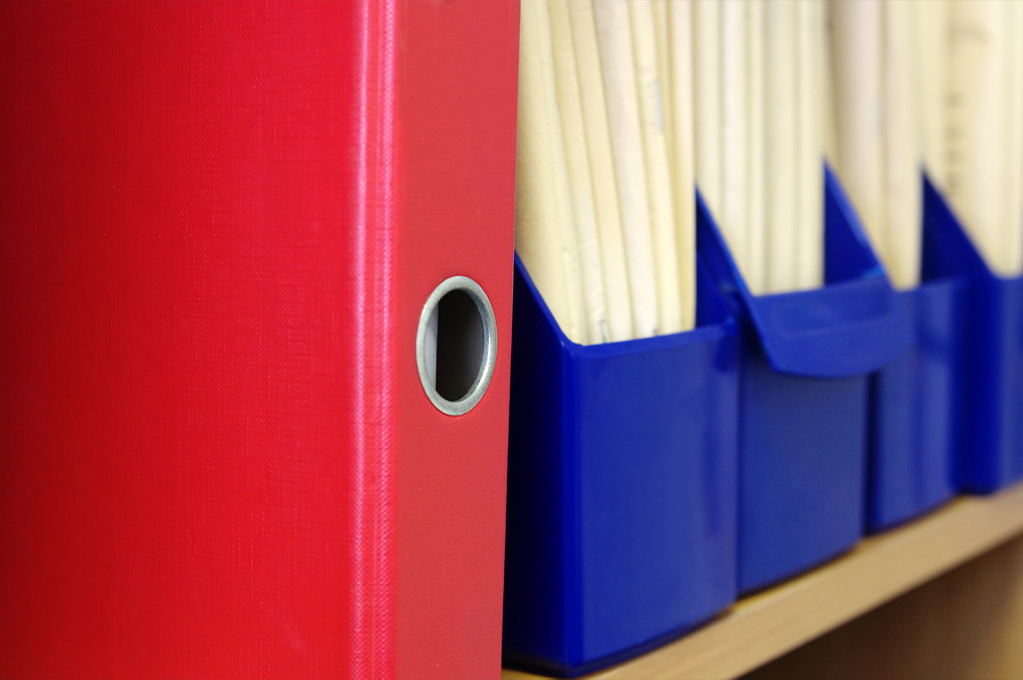When importing garments from China, it is essential for you to ensure the quality of the products and their compliance with the laws and regulations of the destination country. This is not only about protecting consumer health and safety but also reflects your company’s credibility and social responsibility.This article can help you pay attention to quality inspection and compliance.
Quality Inspection
Quality Inspection Considerations
Raw Material Inspection:
- Check the quality standards of raw materials used in making the clothing, such as fabrics, buttons, zippers, etc., including abrasion resistance, colorfastness, etc.
Finished Product Testing:
- After production, conduct inspections on finished garments, including measurements, sewing quality, changes in shape after washing, etc.
- Perform functional tests, such as wrinkle resistance, breathability, thermal insulation properties, etc.
Chemical Substance Content Testing:
- Verify that the clothing does not contain excessive amounts of harmful chemicals, such as formaldehyde, azo dyes, etc., which could pose health hazards to consumers.
Labeling and Instructions:
- Ensure that the labeling information is complete, including composition, washing instructions, manufacturer information, etc.
- Confirm that the instructions comply with the language requirements and formatting standards of the destination country.
Third-party Inspection:
- Commission professional third-party inspection agencies to conduct independent quality inspections to ensure objective and fair results.

Key Elements of Quality Inspection
Pre-Production Inspection (PPI)
Before production begins, conduct a PPI to ensure that the materials, colors, and fabrics match your requirements. Verify that the supplier has the correct patterns and that the prototypes or samples meet your expectations in terms of fit, finish, and functionality.
During Production Inspection (DPI)
During the production phase, perform DPIs to monitor the quality of the garments being manufactured. Check the consistency of the products being produced and ensure that there are no deviations from the established standards. This helps catch issues early, allowing for corrections before too many units are produced.
Final Random Inspection (FRI)
An FRI is conducted after production is complete and before the shipment is dispatched. This inspection involves randomly selecting samples from the finished goods to test for quality and compliance with your specifications. Key areas to check include:
- Material Quality: Verify that the fabrics used are of the specified quality and meet durability standards.
- Color Fastness: Test the garments to ensure that the colors do not bleed or fade easily.
- Stitching and Seams: Ensure that the stitching is neat and secure, and that there are no loose threads or defects.
- Labeling and Packaging: Confirm that all labels and tags are correct and that the packaging complies with your requirements and any legal standards.
Compliance for Importing Garments
Compliance Requirements
Understanding Destination Regulations:
- Before importing, thoroughly research the relevant laws and regulations of the destination country concerning clothing imports, including but not limited to safety standards, environmental protection requirements, labeling rules, etc.
Product Certification:
- Depending on the destination country’s regulations, certain certification marks may be required, such as the CE mark in the EU or CPSIA (Consumer Product Safety Improvement Act) compliance in the U.S.
- Ensure that your supplier can provide the necessary product certification documentation.
Chemical Restrictions:
- Verify that the clothing complies with the chemical usage restrictions of the destination country, such as the list of substances under the EU REACH regulation.

Environmental Requirements:
- Check whether the production process adheres to environmental standards, such as the use of eco-friendly materials and reduction of waste emissions.
Social Responsibility Standards:
- Consider social responsibility by ensuring that suppliers comply with labor laws, do not employ child labor, and provide safe working environments.
Rules of Origin:
- Understand and comply with Rules of Origin, which can affect the imposition of tariffs.
Compliance Considerations
Regulatory Compliance
Garments must comply with the regulatory requirements of the importing country. Familiarize yourself with the relevant laws and standards, such as those governing:
- Safety Standards: Ensure that the garments meet safety standards for flammability, chemical content, and other safety-related properties.
- Environmental Regulations: Some countries have strict rules regarding the use of certain chemicals and dyes.
- Child Labor Laws: Ensure that the manufacturing processes do not involve child labor or unethical practices.
Ethical Sourcing
Ethical sourcing is increasingly important to consumers. Make sure that the factories where your garments are produced adhere to ethical practices, such as fair labor conditions, reasonable working hours, and safe working environments.
Documentation and Record Keeping
Maintain thorough records of all inspections and compliance checks. Documentation should include details of the inspection process, results, and any corrective actions taken. These records are crucial for demonstrating due diligence and can be invaluable in case of disputes or audits.

Quality and Compliance Management
Engage a Third-Party Inspector
Consider hiring a third-party inspection company to conduct inspections on your behalf. These companies have expertise in garment quality assessment and can provide unbiased reports that cover all aspects of the inspection process.
Develop a Checklist
Create a detailed checklist that outlines all the criteria that need to be met during each type of inspection. Distribute this checklist to your suppliers and inspectors to ensure that everyone is aligned and understands the expected standards.
Train Your Suppliers
Work closely with your suppliers to educate them about your quality standards and compliance requirements. Provide training sessions or workshops to help them understand the importance of adhering to these standards and how to achieve them consistently.
Quality inspection and compliance are fundamental aspects of importing garments successfully. By implementing rigorous inspection procedures and ensuring compliance with all relevant regulations and ethical standards, you can build a robust supply chain that delivers high-quality products to your customers.
I hope this article can help you effectively ensure the quality and compliance of imported clothing, protect consumer rights, and help establish a strong brand image in the fierce market competition. At the same time, if you have any logistics needs, you can contact us directly.

